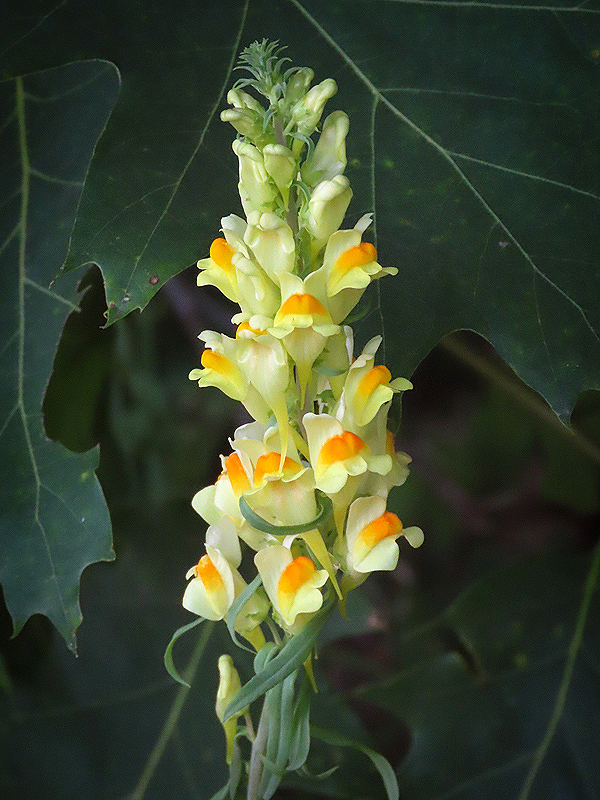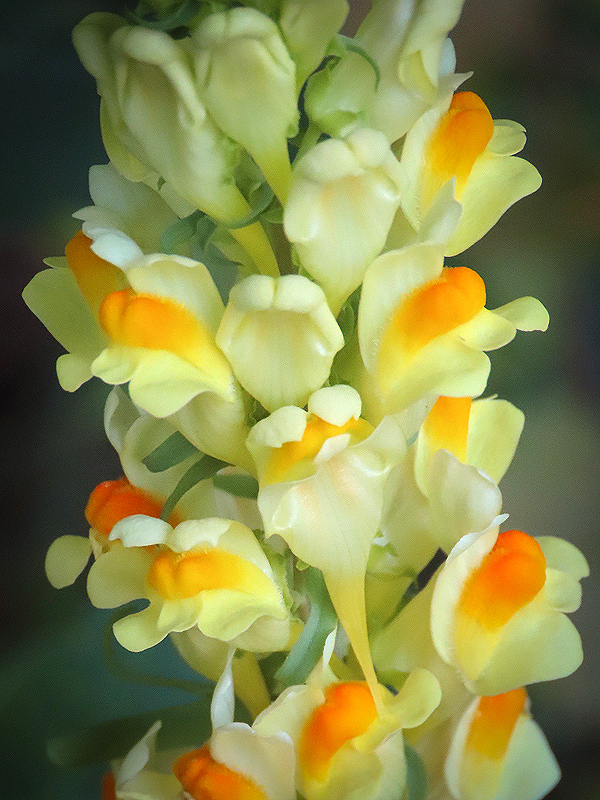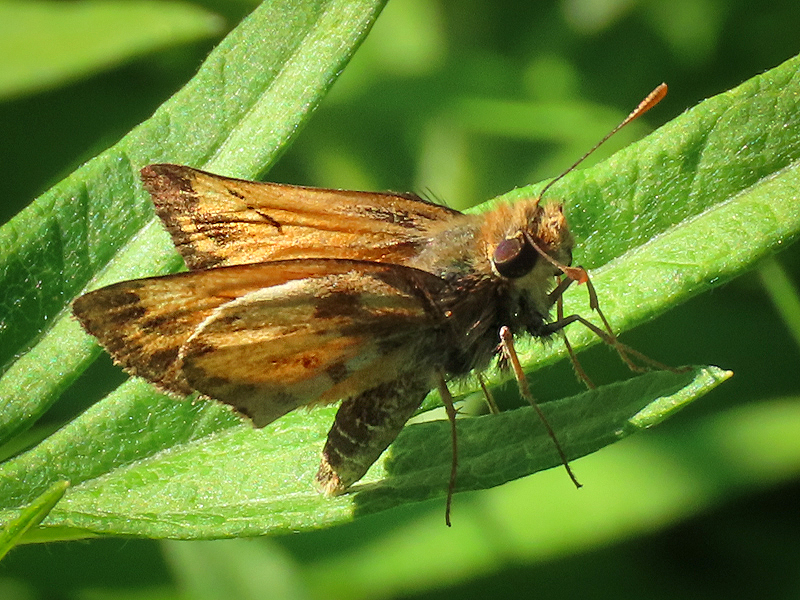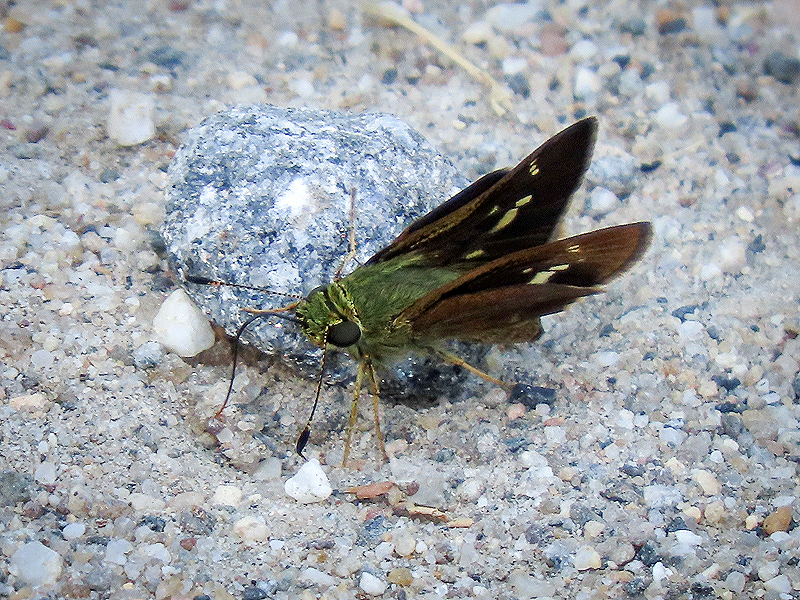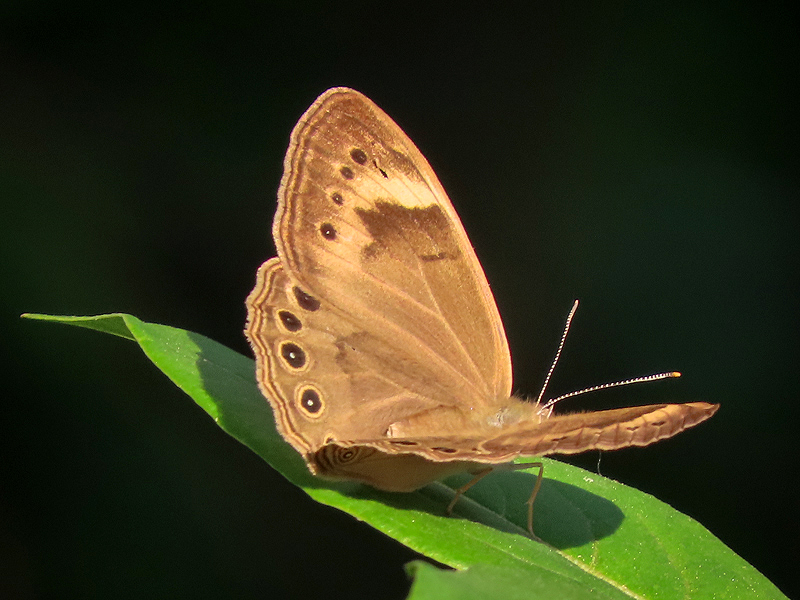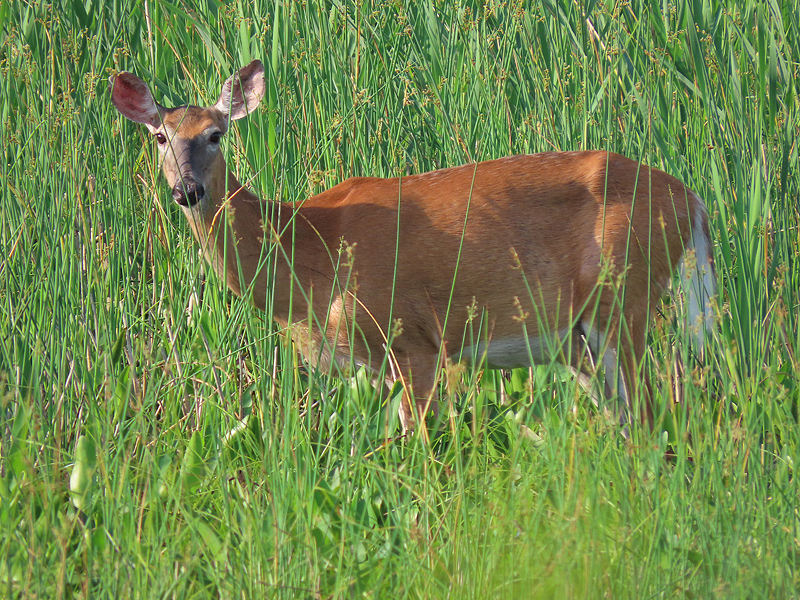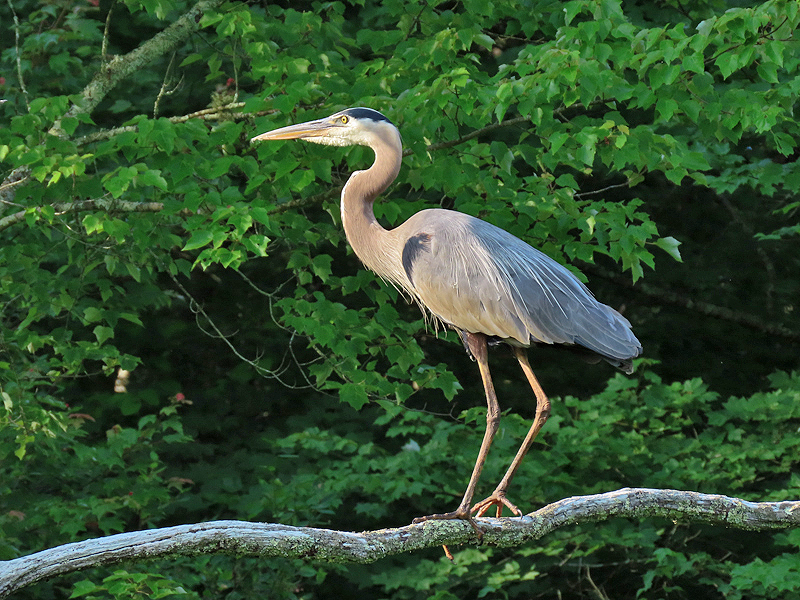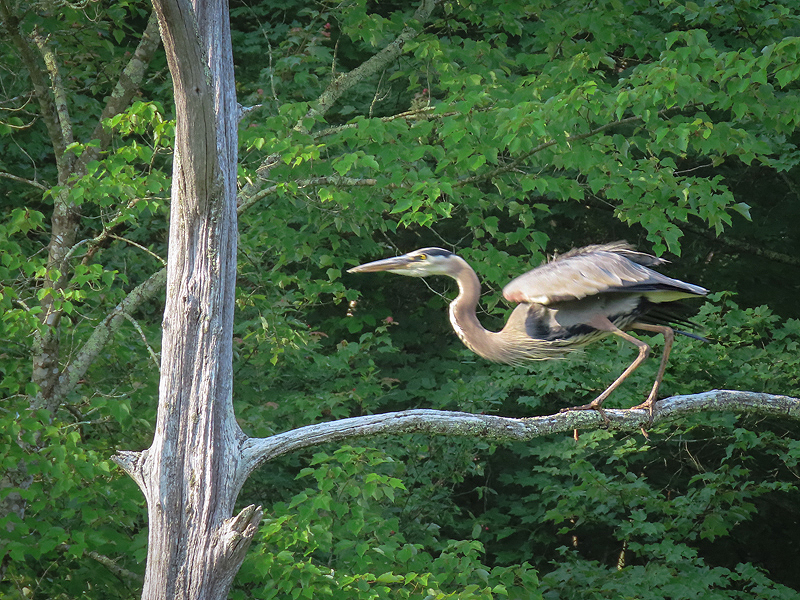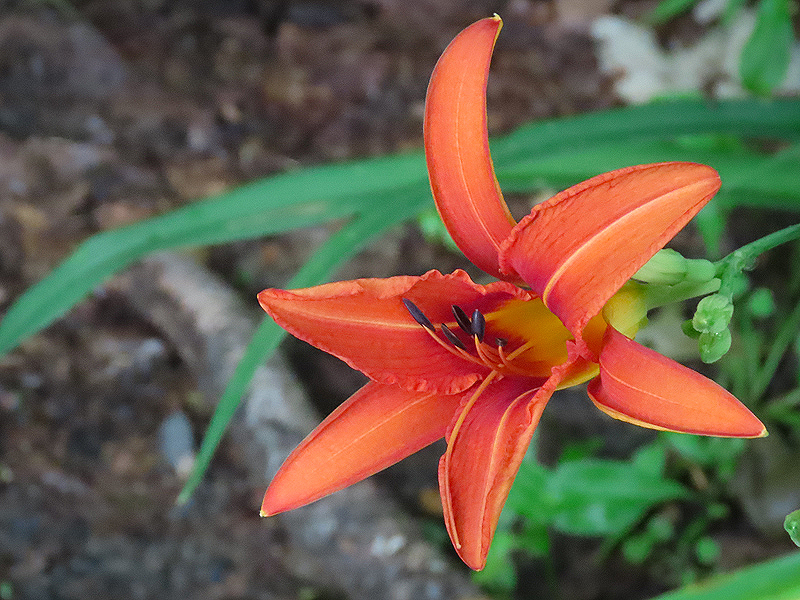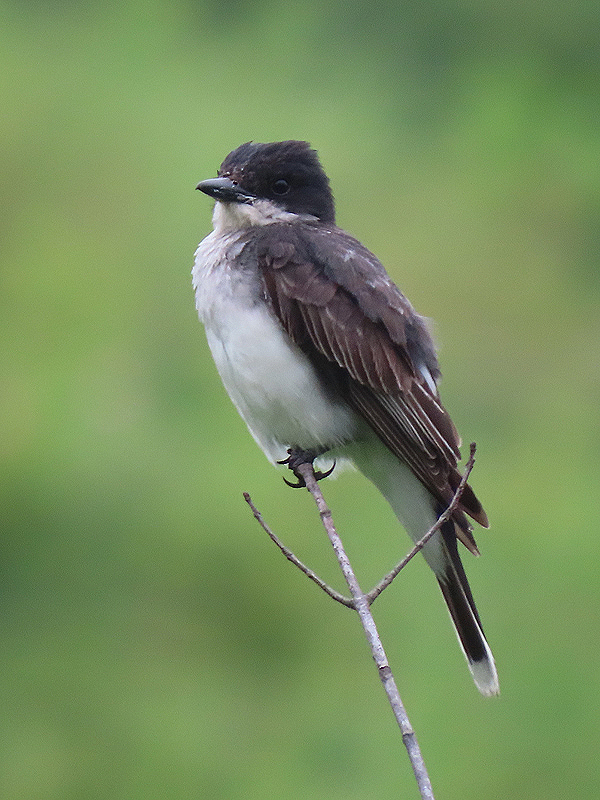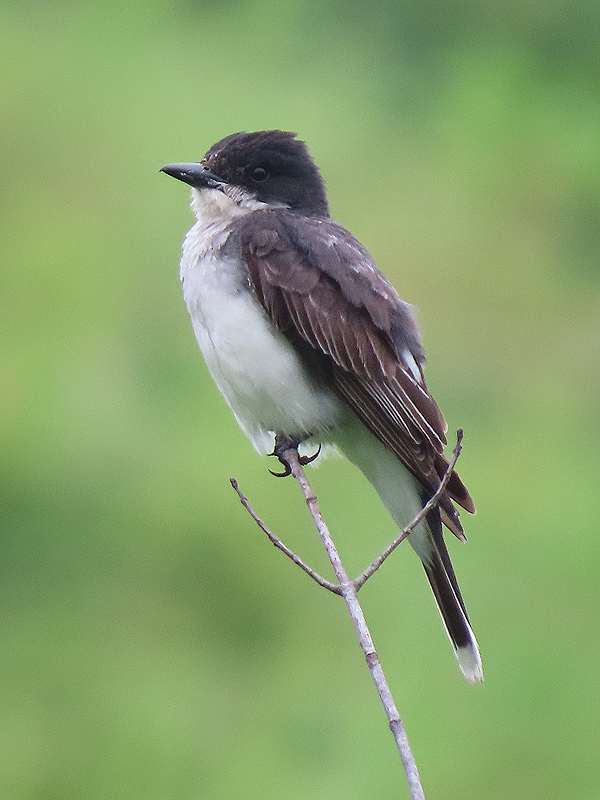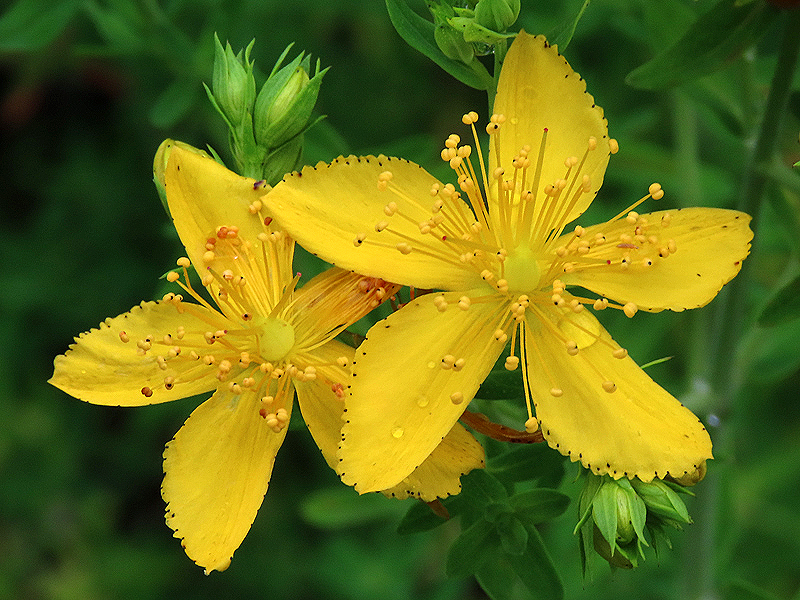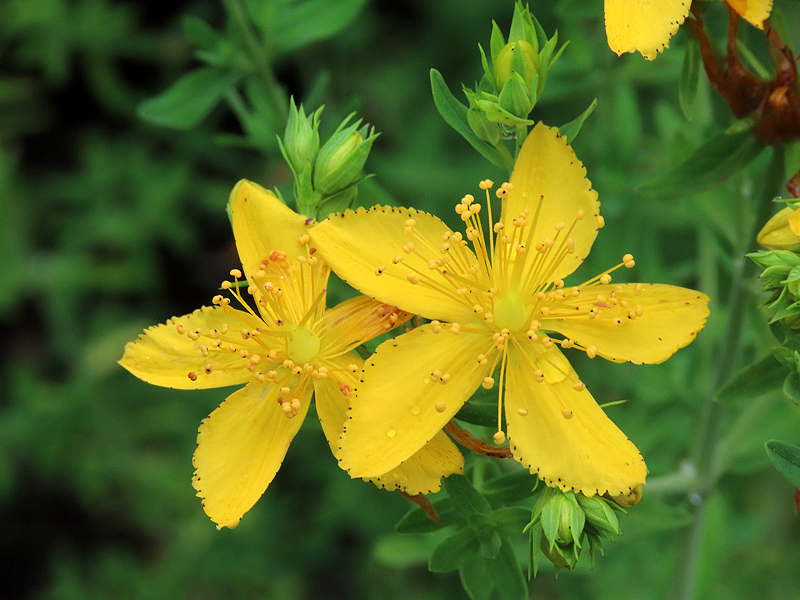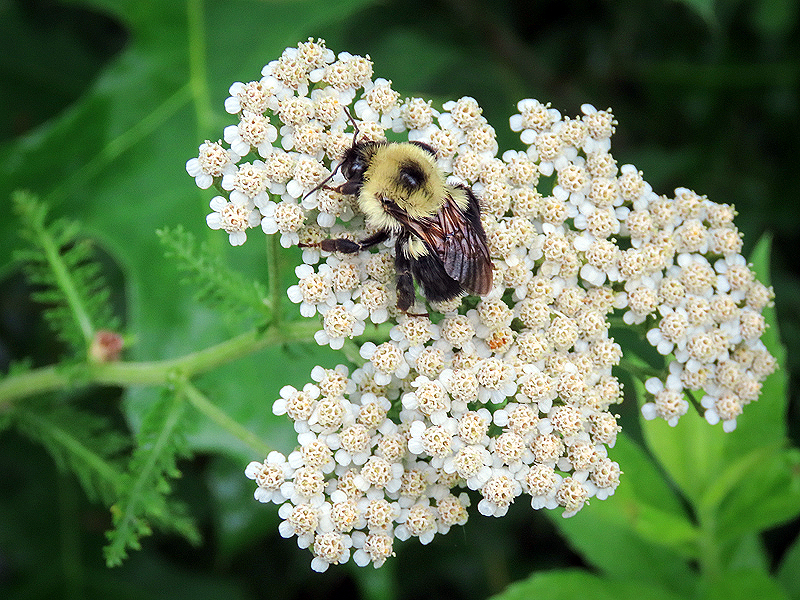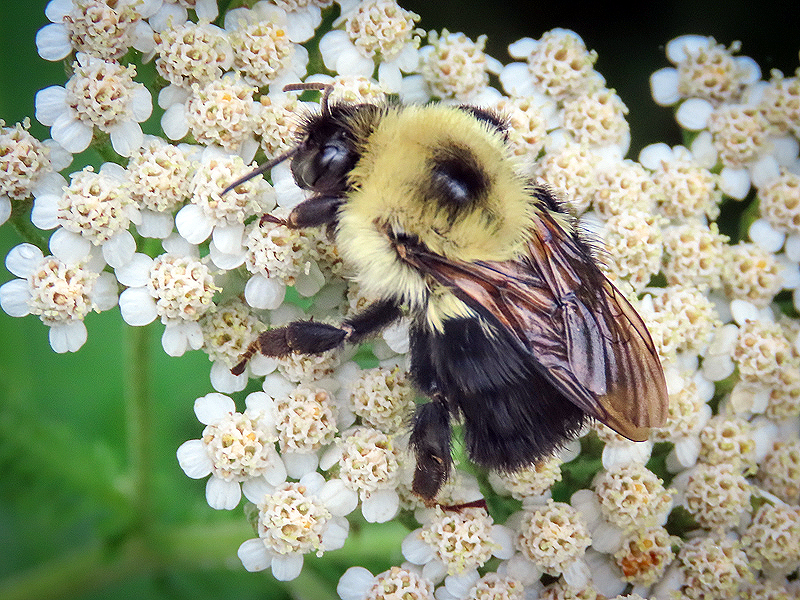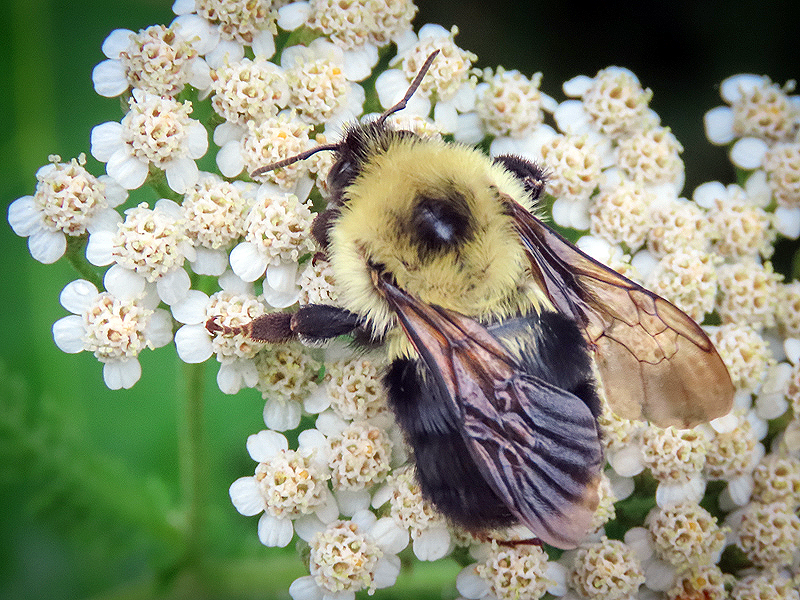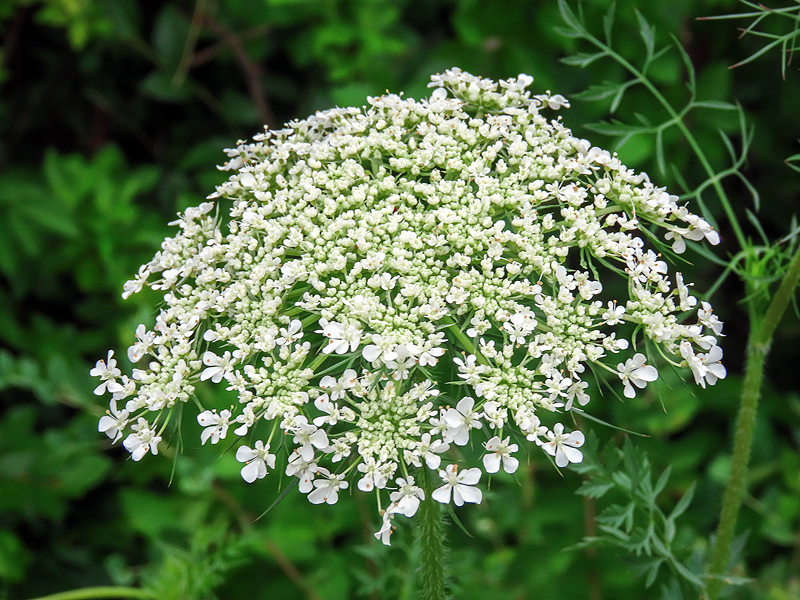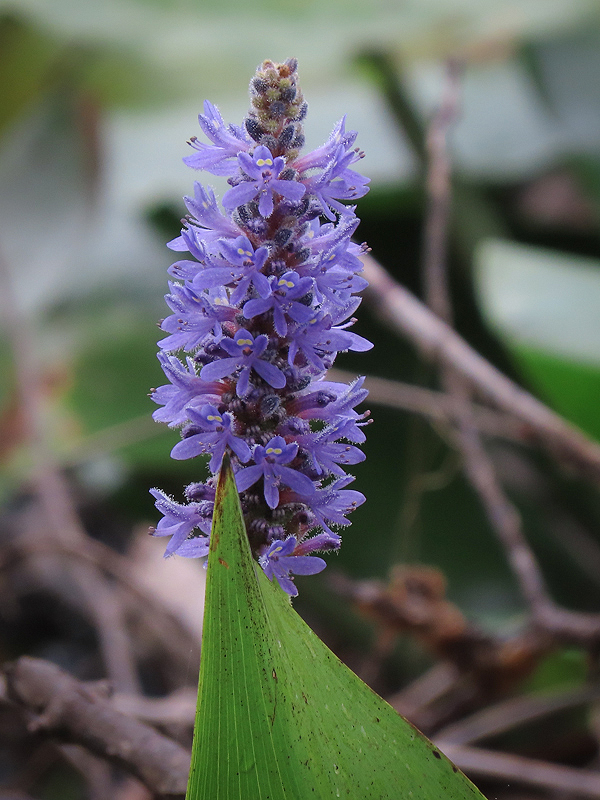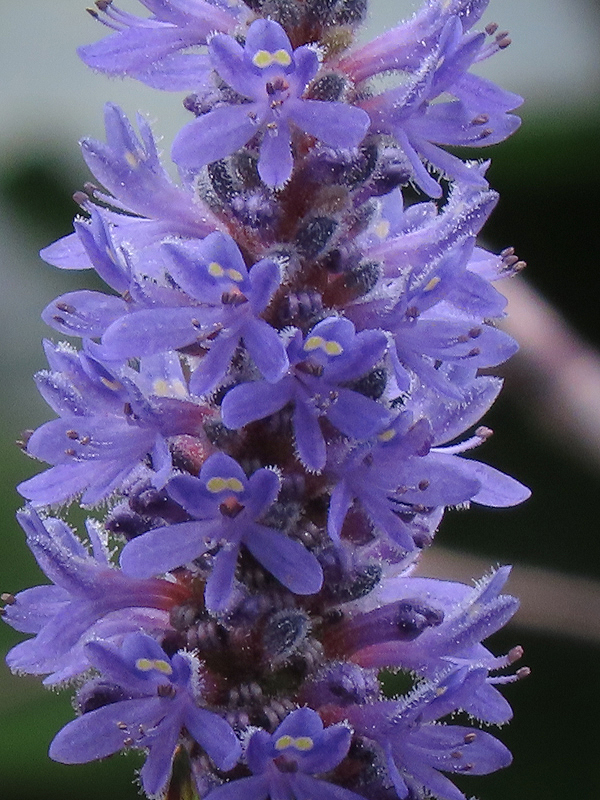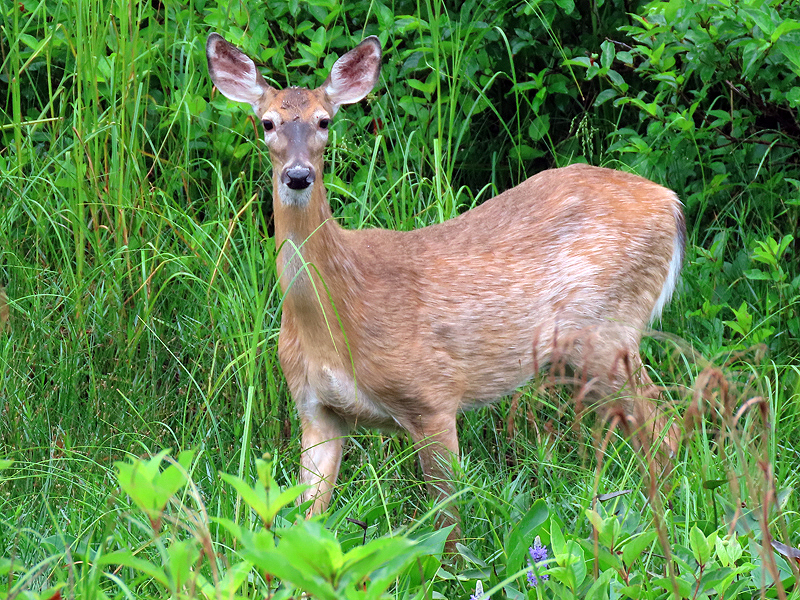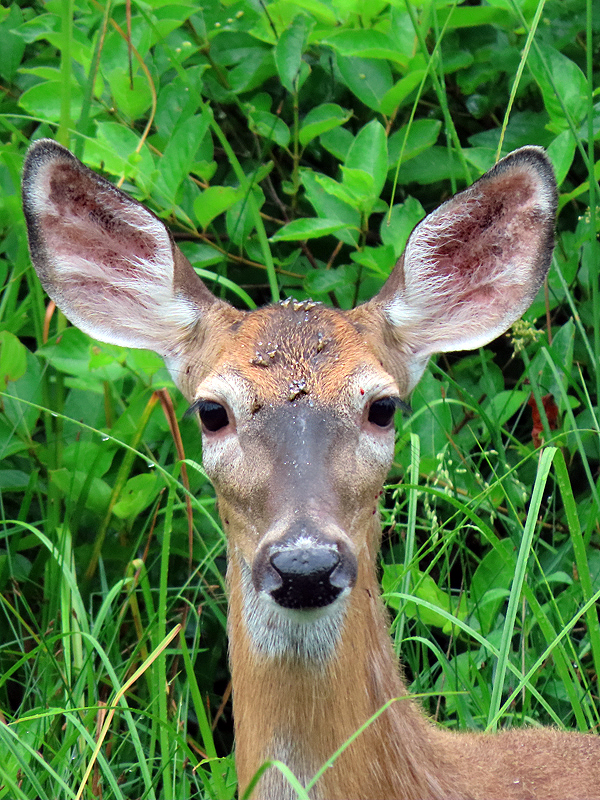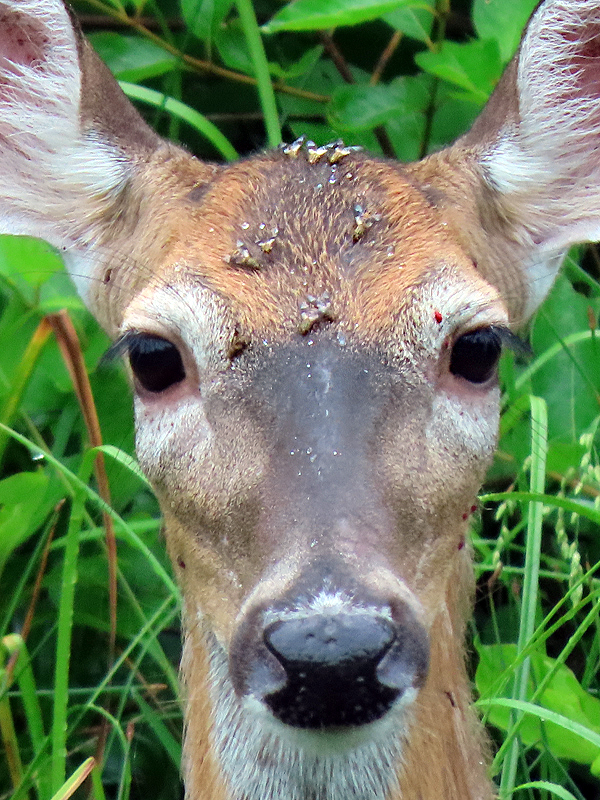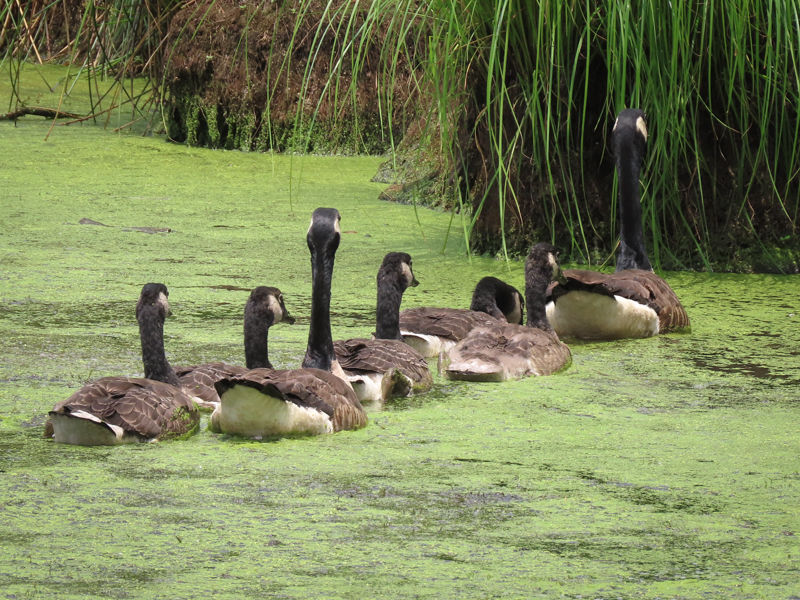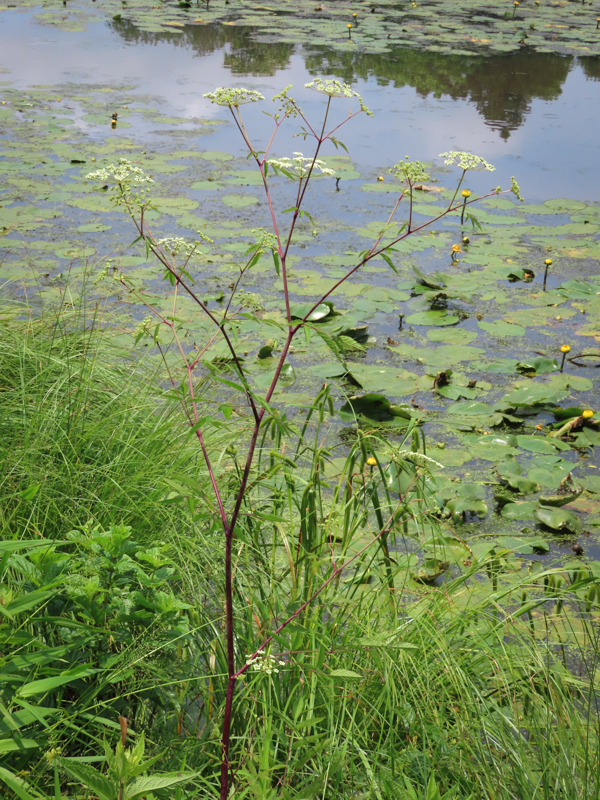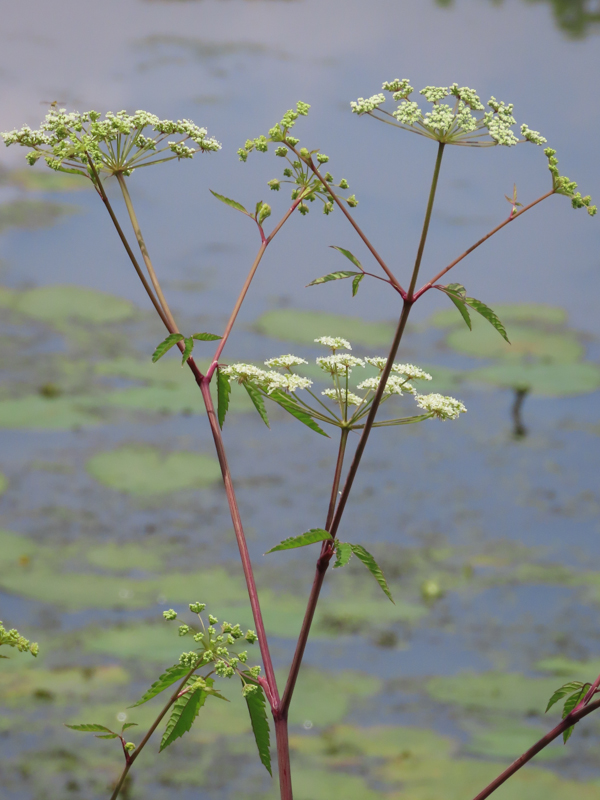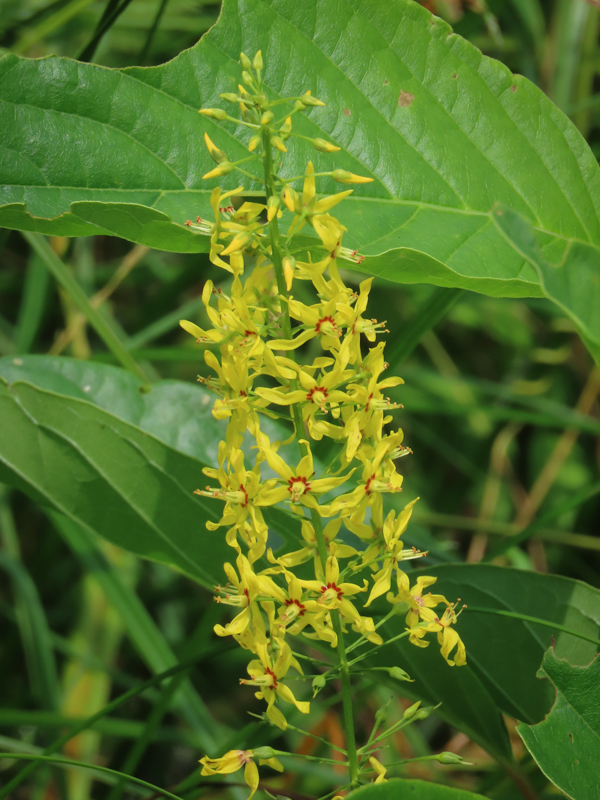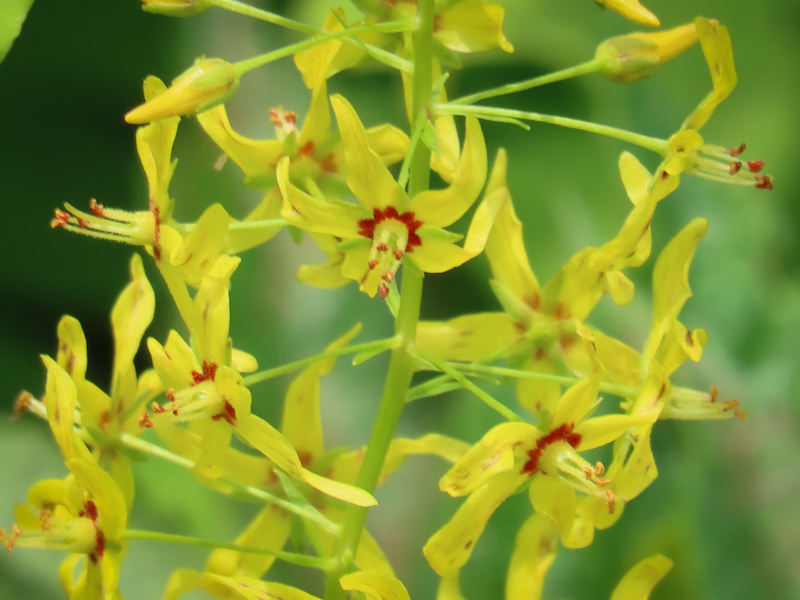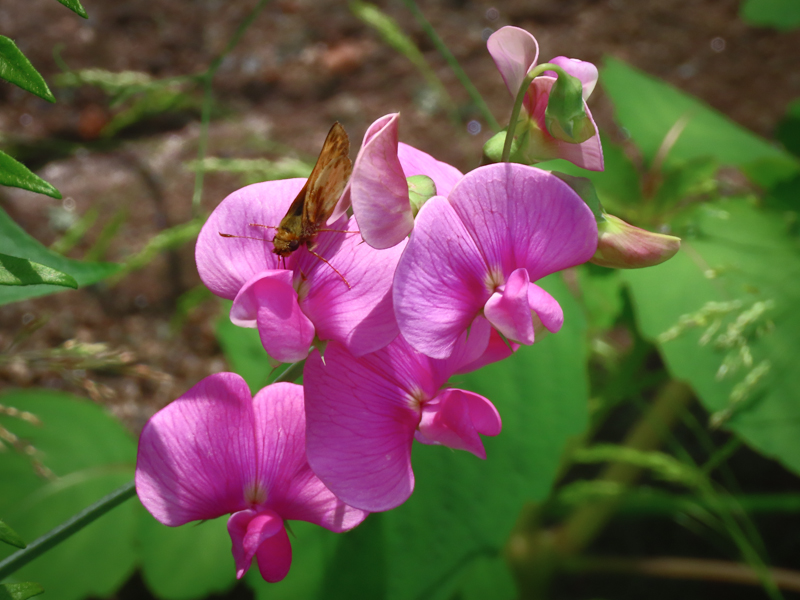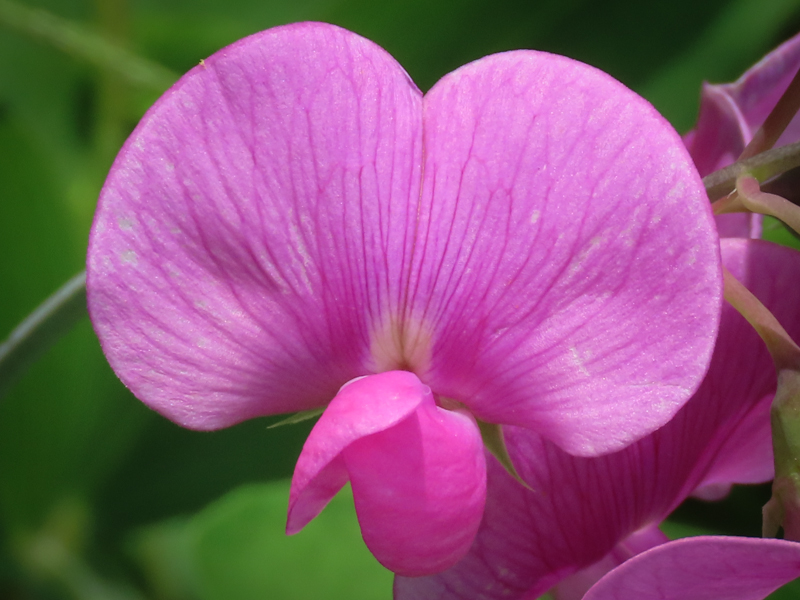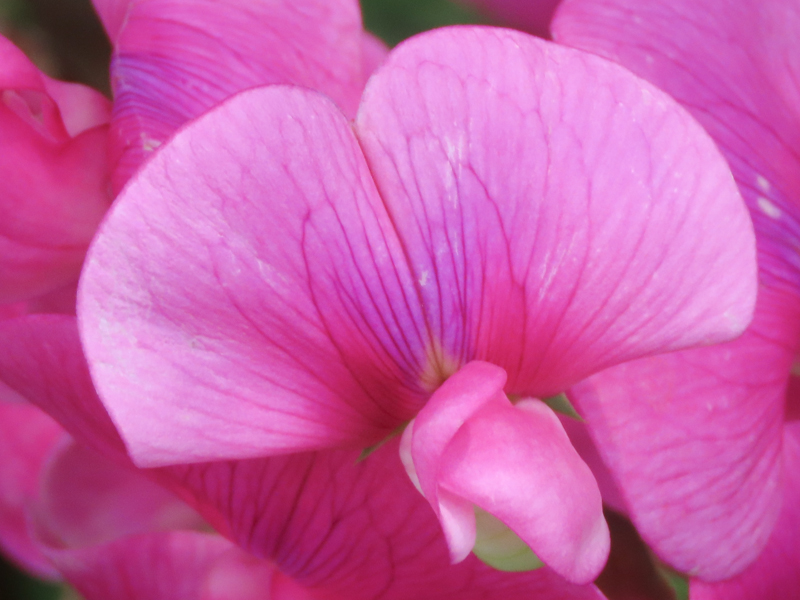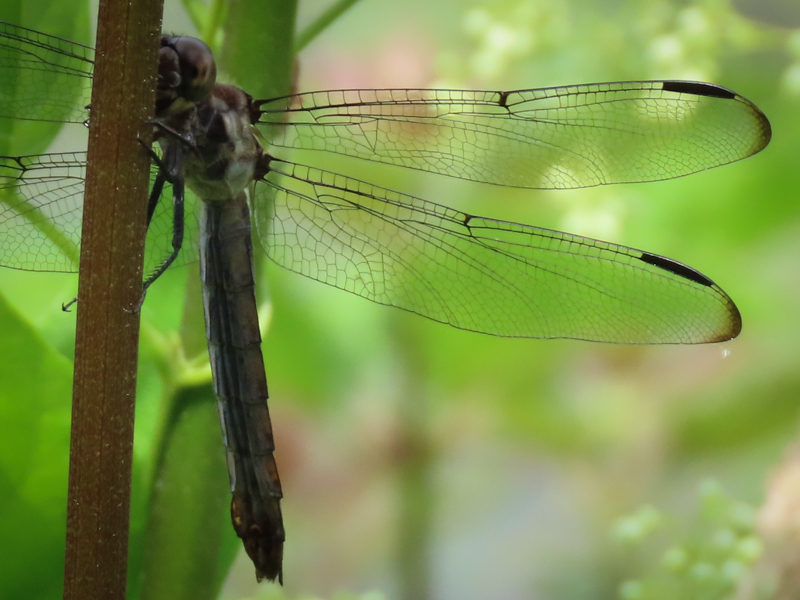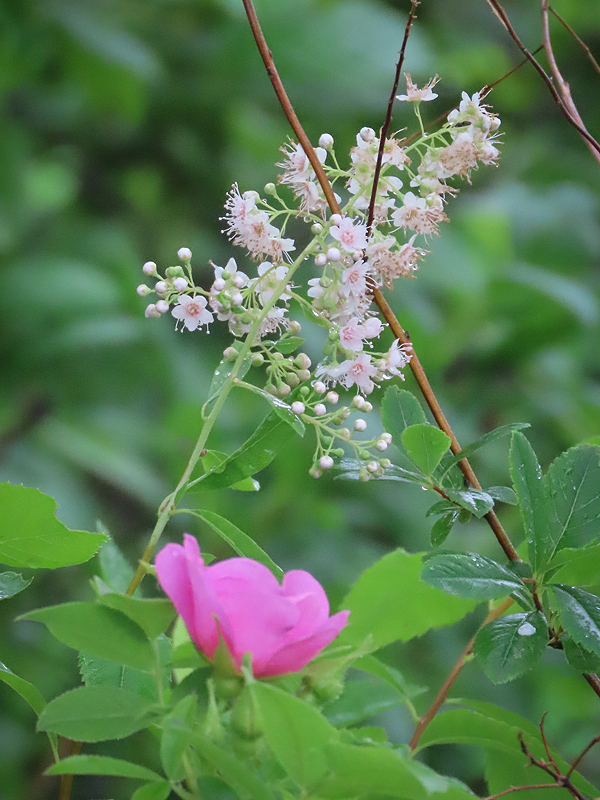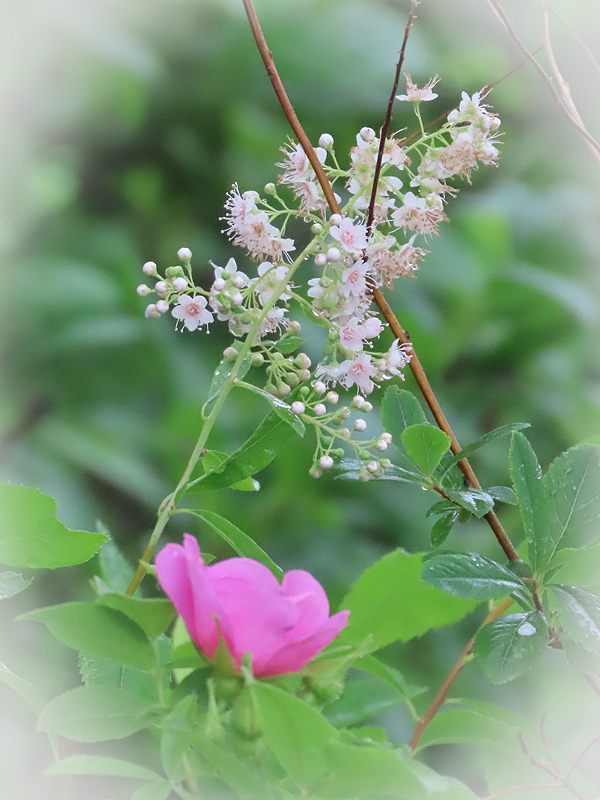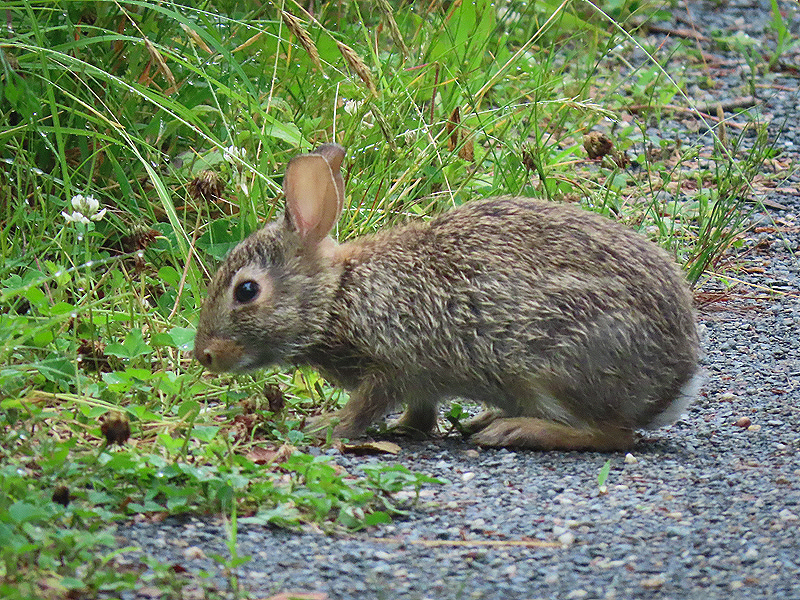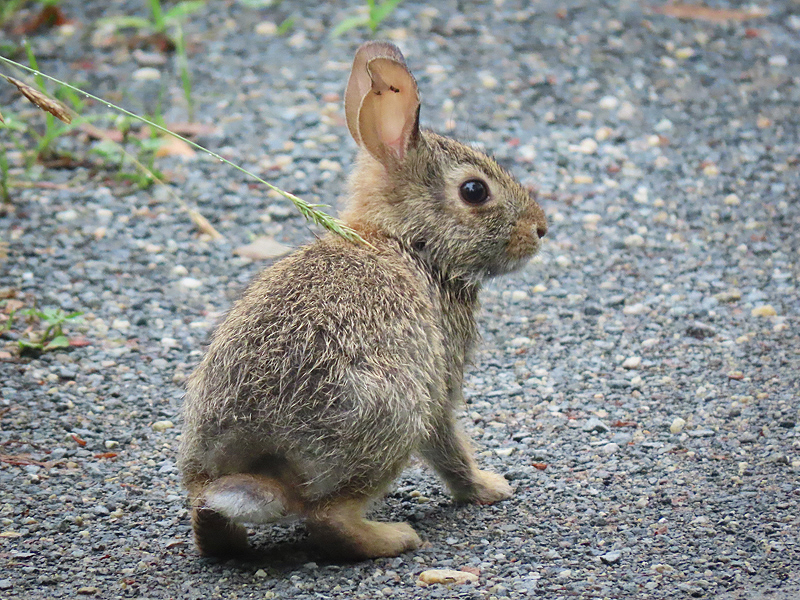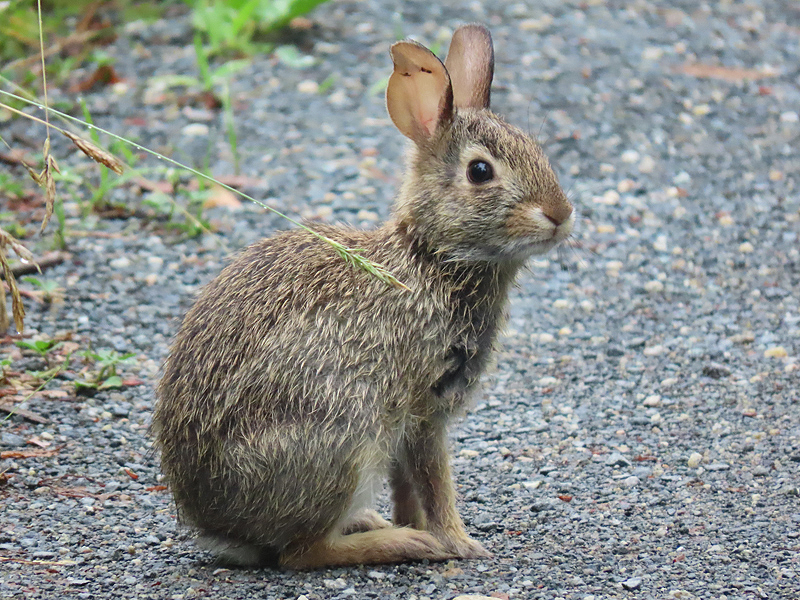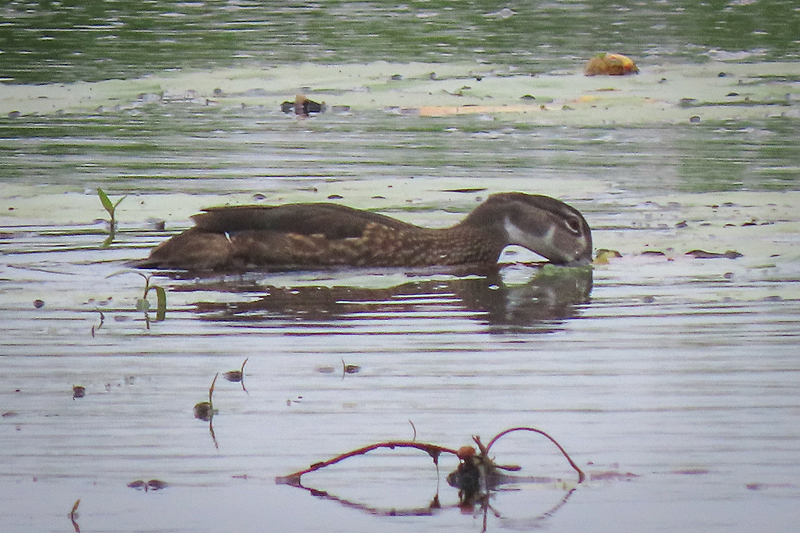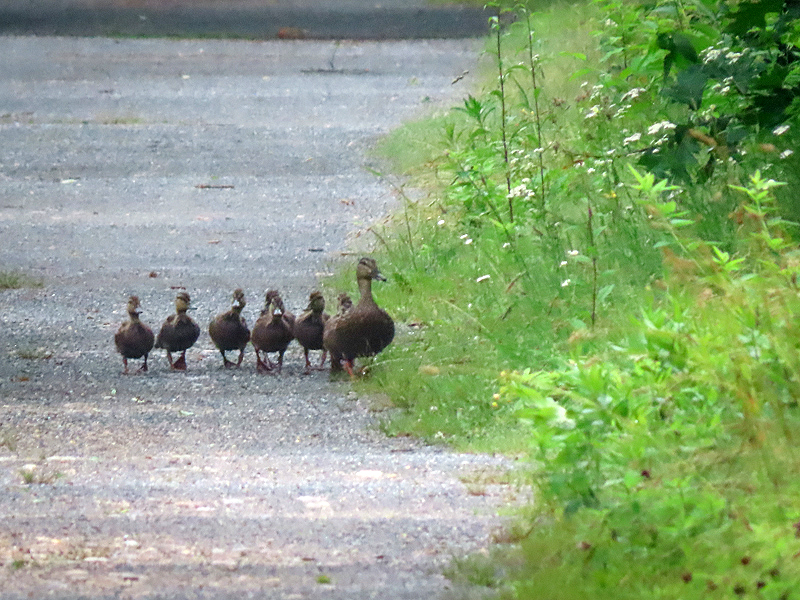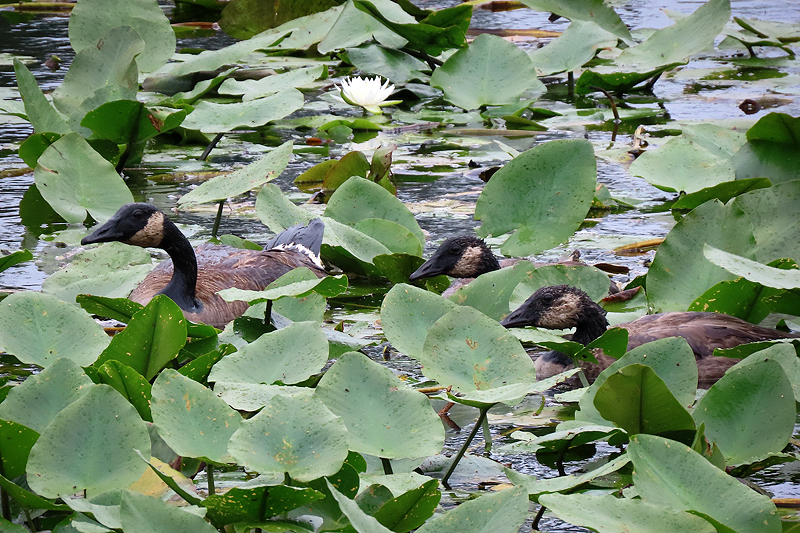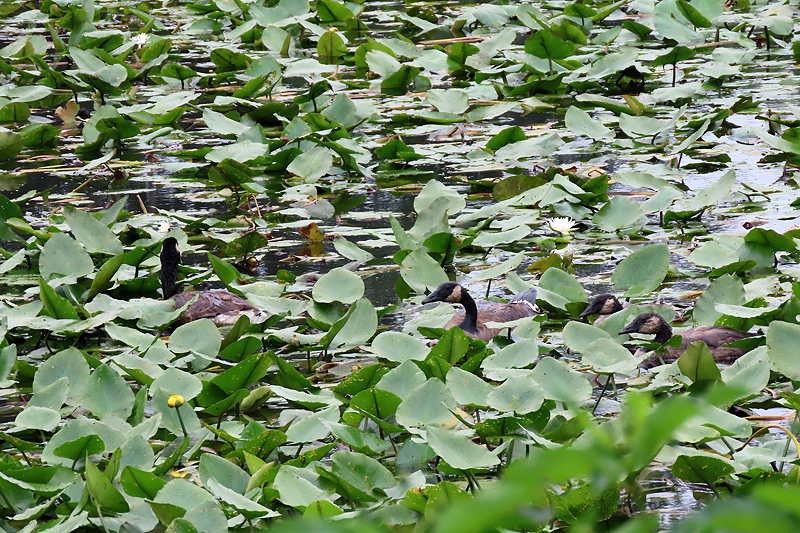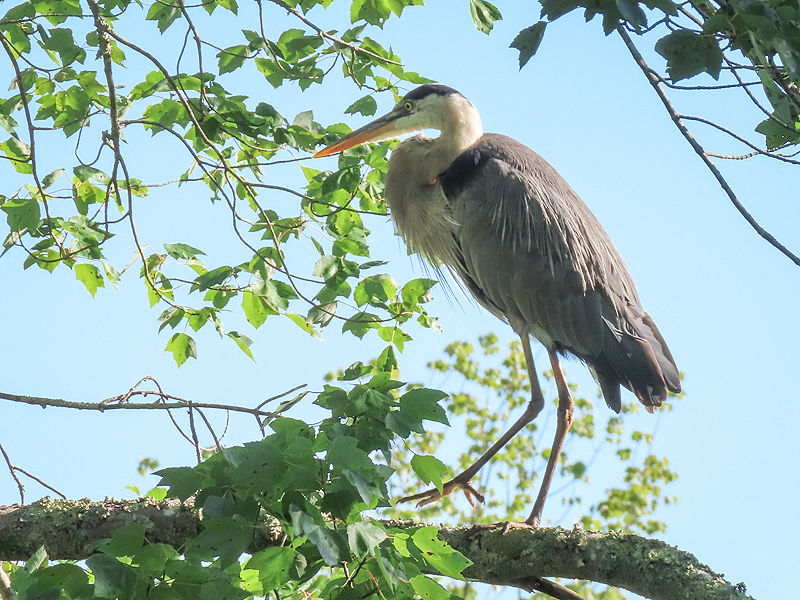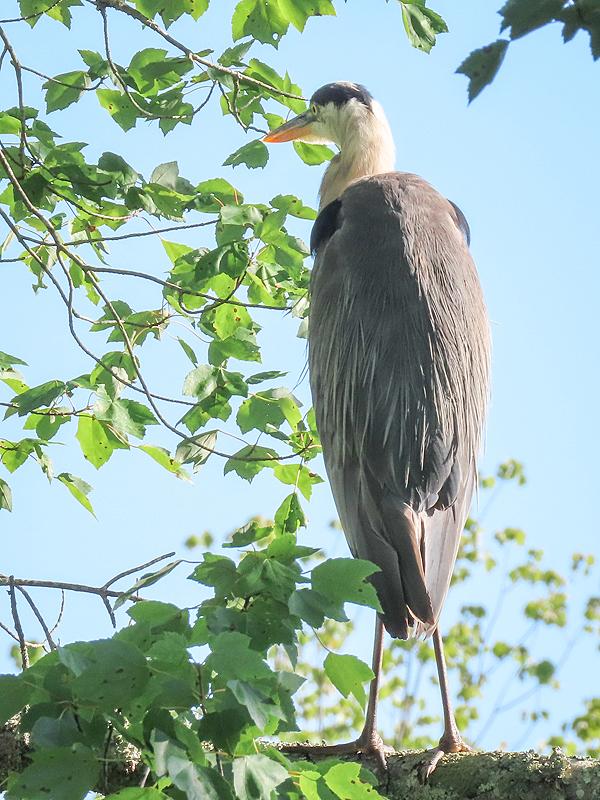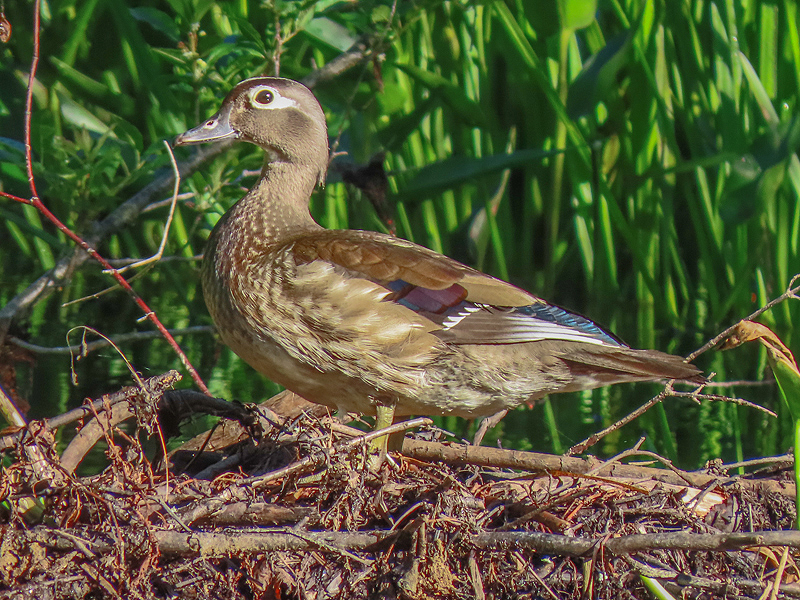Along the Air Line... 2024 - Summer, Part 1 The Air Line Trail in Eastern Connecticut - Stan Malcolm Photos |
HOME: Air Line... 2024 Pages Menu Stan's FlickR Albums |
June 20th, 4:50 P.M. - Summer solstice right now. |
Butter-and-Eggs (Linaria vulgaris). |
Deptford Pink (Dianthus armeria). This is the second time I've seen a mite associated with a blossom. |
.
This and the following photo, two species of Skippers (Family Hesperiidae) that I can't get to species IDs. |
|
June 21st. An Eyed Brown (Satyrodes eurydice) - a species of special concern in Connecticut. |
Just one White-tailed Deer (Odocoileus virginianus) this morning. If out at all, there are usually two. |
Great Blue Heron (Ardea herodius) on a frequent perch. |
About to take off, with loud squawks that I could imagine a dinosaur uttering. |
June 22nd. An "escaped" ornamental Day-lily (Hemerocallis fulva) at the Route 85 parking area. |
Eastern Kingbird (Tyrannus tyrannus). |
|
Common St. Johnswort (Hypericum perforatum). |
|
Bumble Bee (Family Bombidae) on Yarrow (Achillea millifolium). |
|
|
Queen Anne's Lace or Wild Carrot (Daucus carota). |
Pickerelweed (Pontederia cordata). |
|
A White-tailed Deer (Odocoileus virginianus). |
Deer Flies (Chrysops sp.) on its forehead and no way to brush them off. This time of year must be hell. |
I count 9 in this close-up, and drops of blood above and below its left eye. |
At Cranberry Bog, the second Canada Goose (Branta canadensis) family with five grown goslings. |
Water Hemlock (Circuta maculata). VERY poisonous! |
|
Yellow Loosestrife or Swamp Candles (Lysimachia terrestris). |
|
Zabulon Skipper (Poanes zabulon) on Sweet Pea (Lathyrus odoratus). |
Filtered sun is just right for flower close-ups. |
|
Not enough info to ID this Dragonfly, but I include the photo to demonstrate the intricate wing venation. All insect wing venation is derived from a basic pattern, modified in the various winged insect orders. Check out the basic plan,and scroll down to see the Dragonfly version here: https://www.brisbaneinsects.com/brisbane_insects/InsectWings.htm (Oh my, I just time-traveled back to an undergraduate research project I did to document the various wing venation patterns among the genera of the beetle family Hydophilidae. Tedious and ultimately not useful because most variation was by loss of veins in the smaller genera - convergent evolution.) |
June 23rd. Pasture or Carolina Rose (Rosa carolina) and Meadowsweet (Spiraea latifolia). |
|
Probably the same Eastern Cottontail (Sylvilagus floridanus) I saw in the same spot several days ago. |
|
|
A young male Wood Duck (Aix sponsa). |
A female Mallard (Anas platyrhynchos) leading seven "teenage" ducklings to a spot where they could get into the marsh. |
I couldn't find the ducks, but did find these muddy Canada Geese (Branta canadensis). |
Painful to see how low the water level is in the marsh. |
June 24th. Great Blue Heron (Ardea herodius). |
|
A female Wood Duck (Aix sponsa). |
